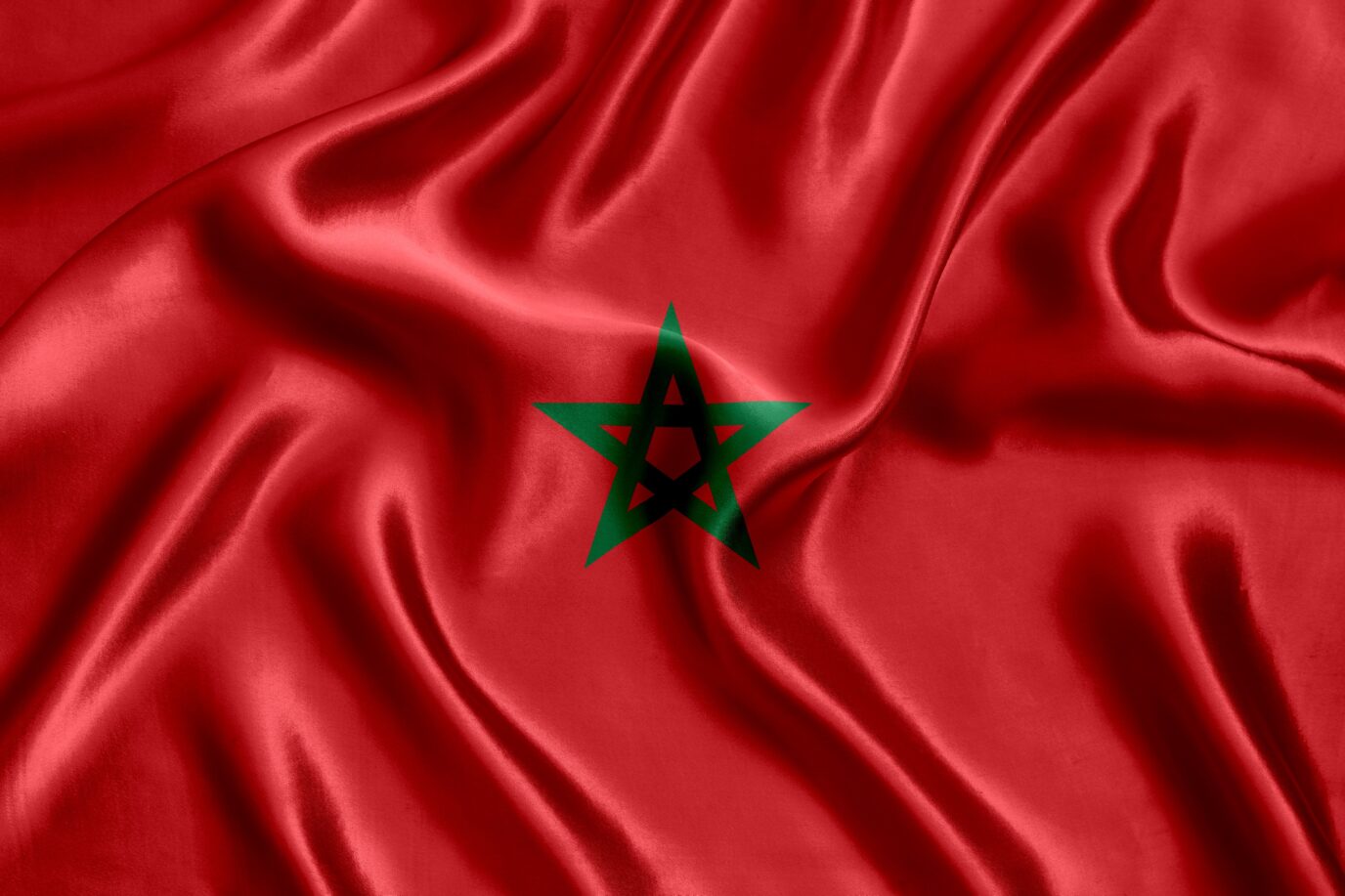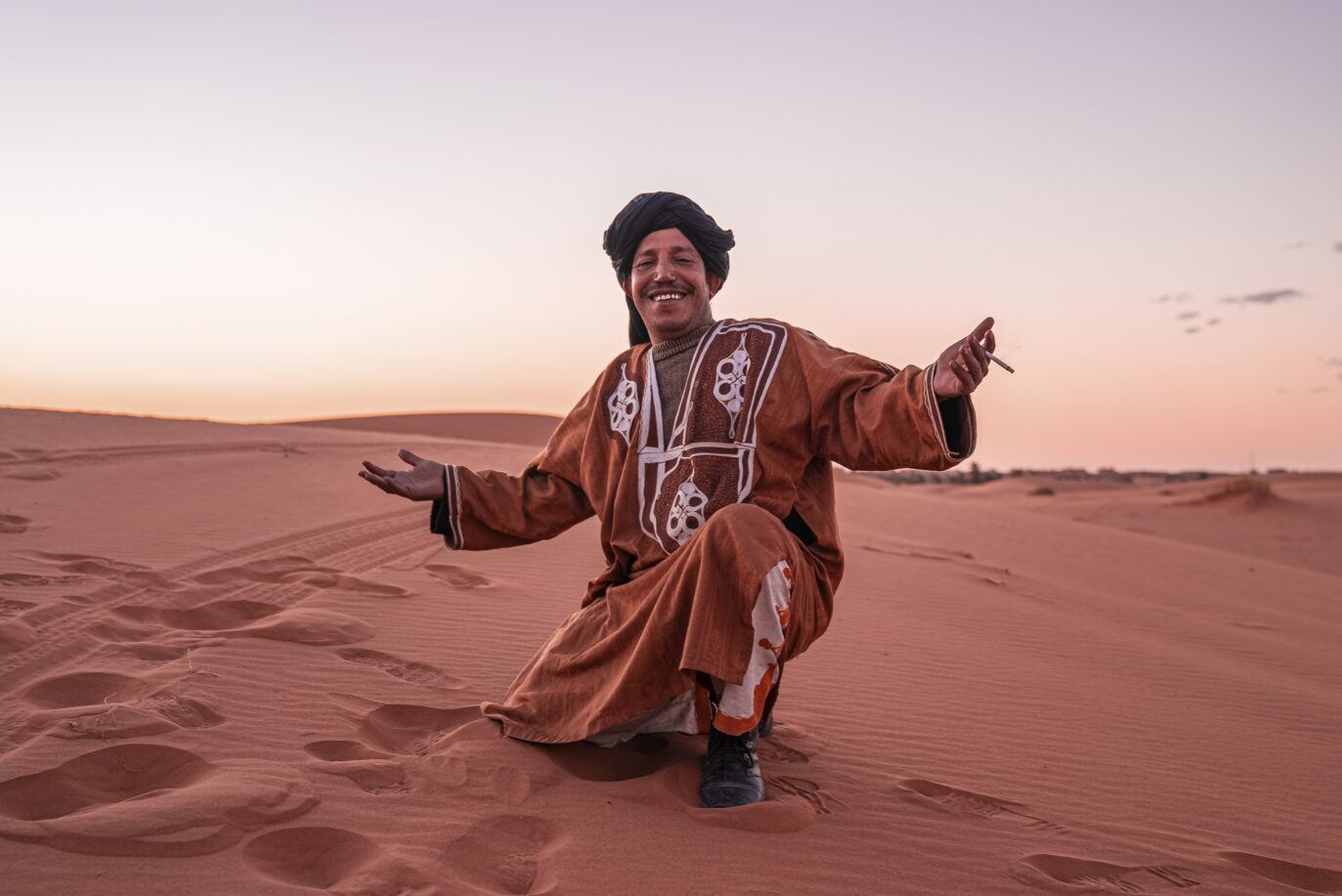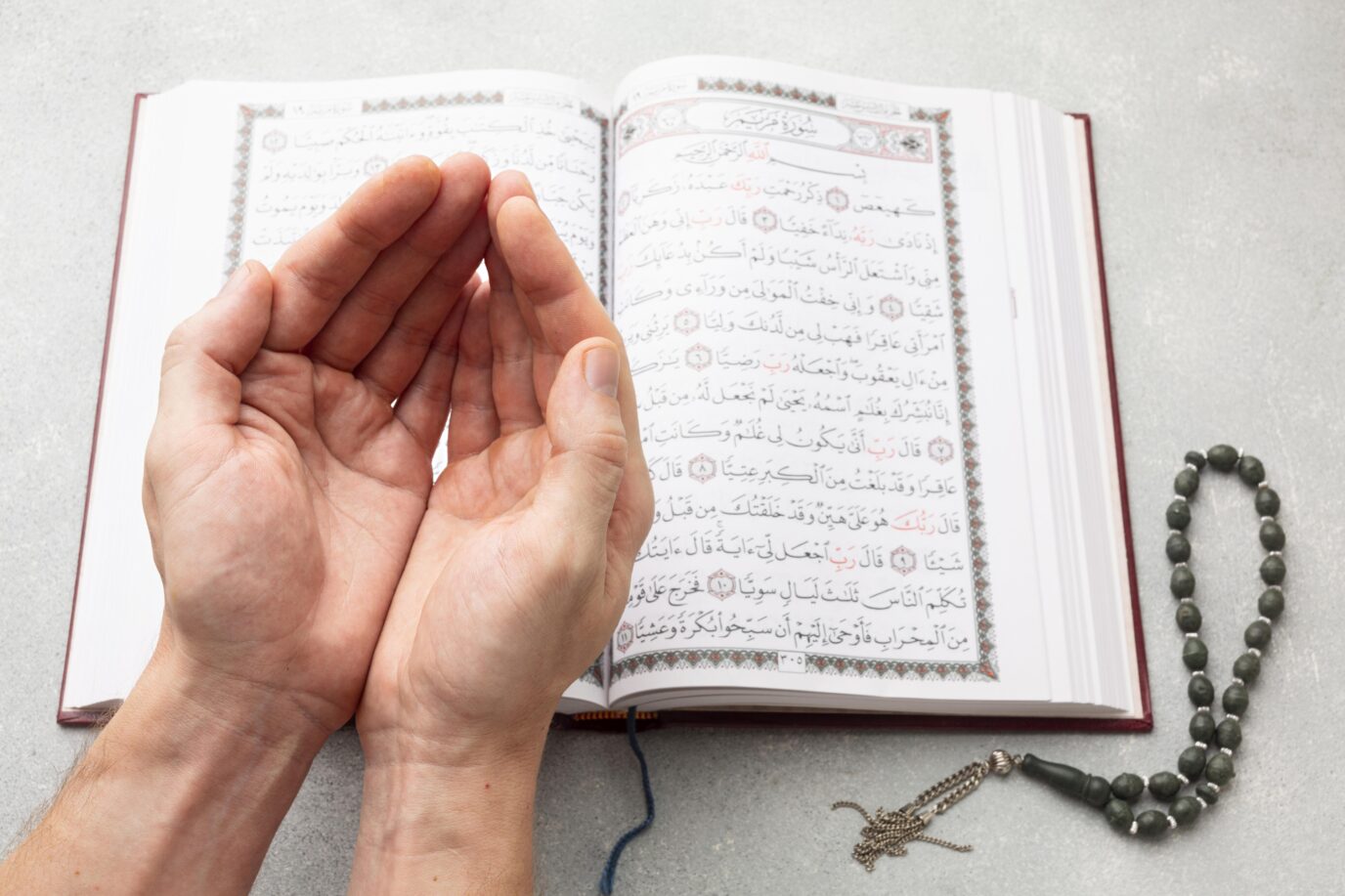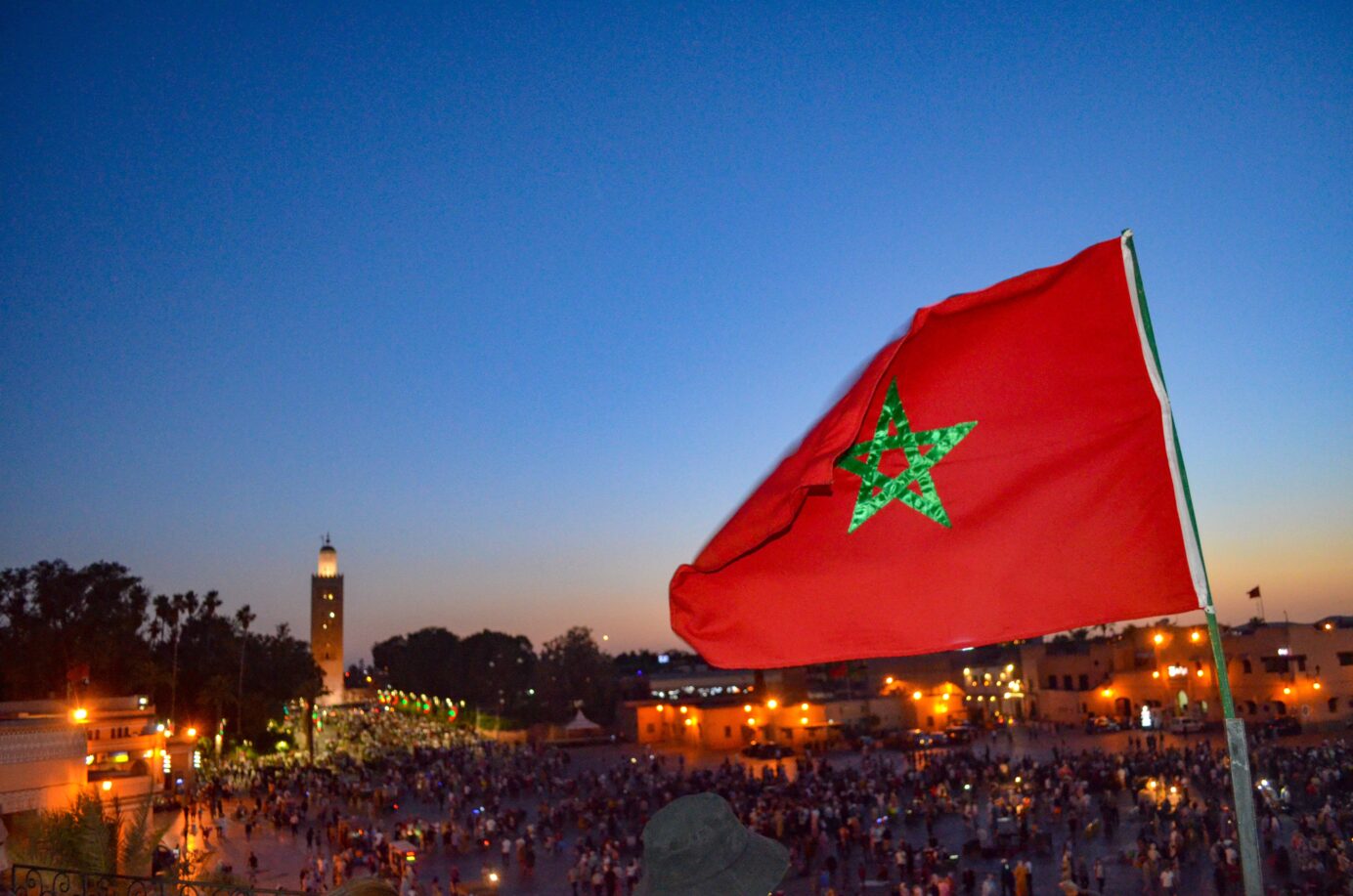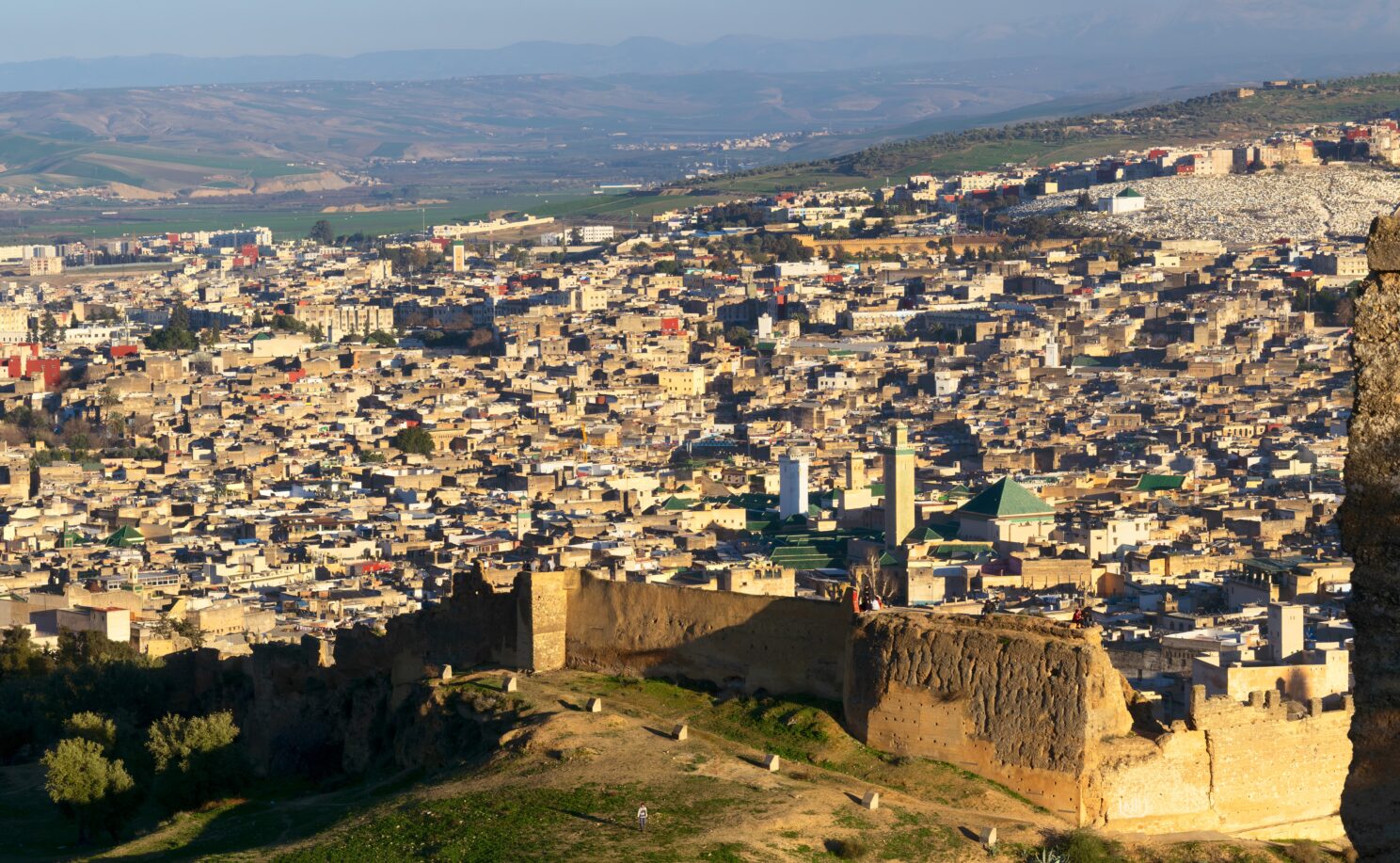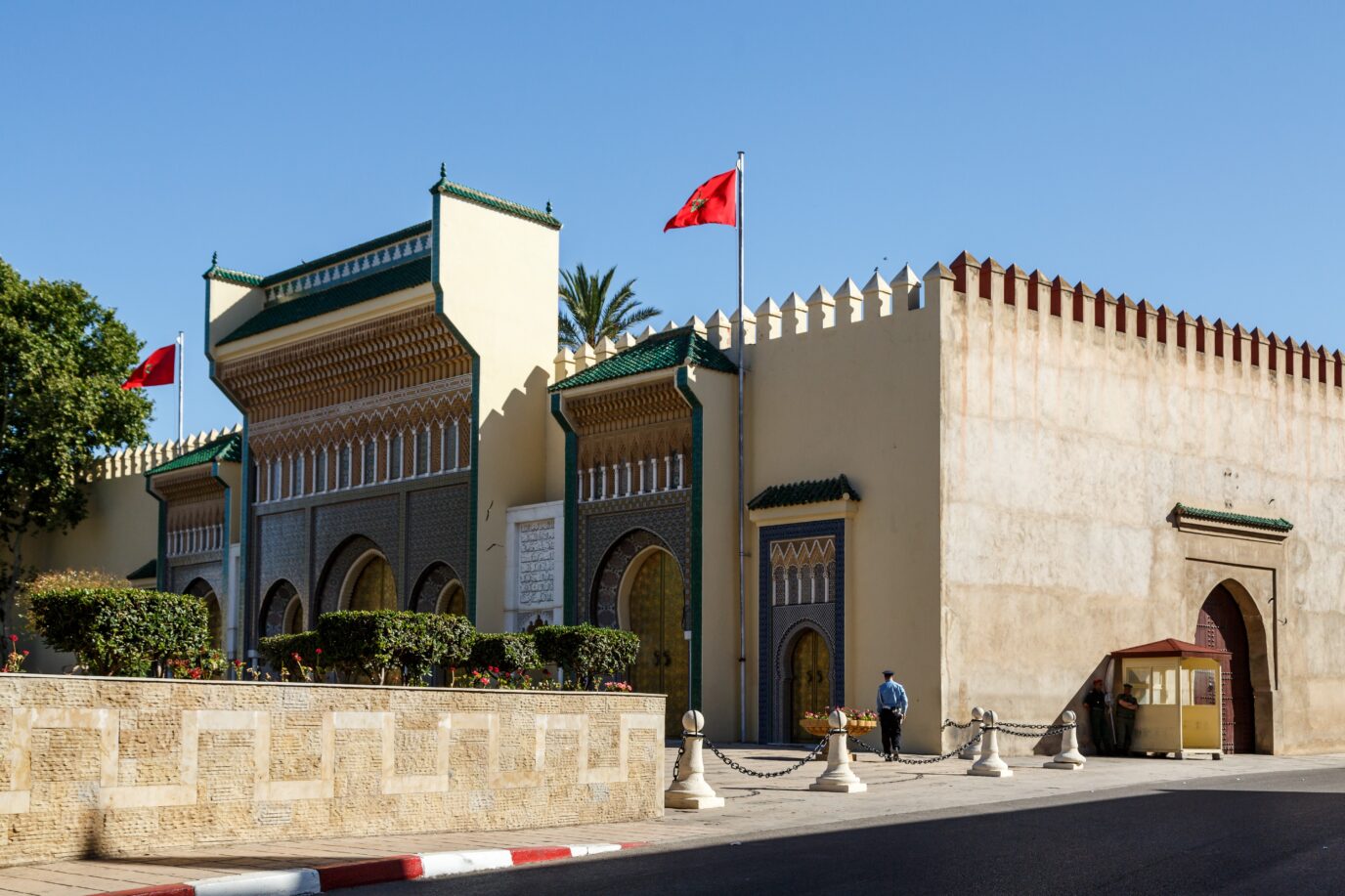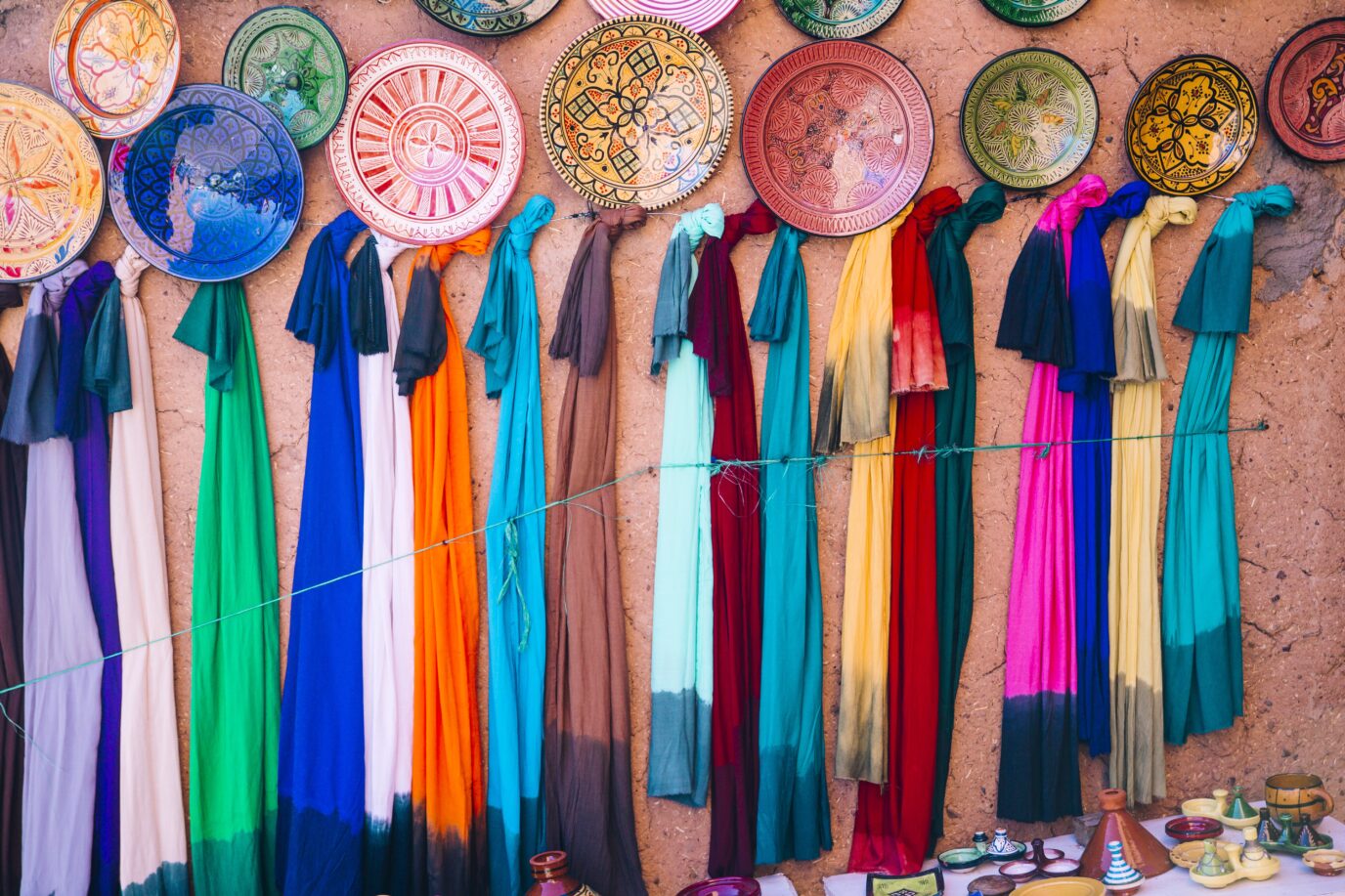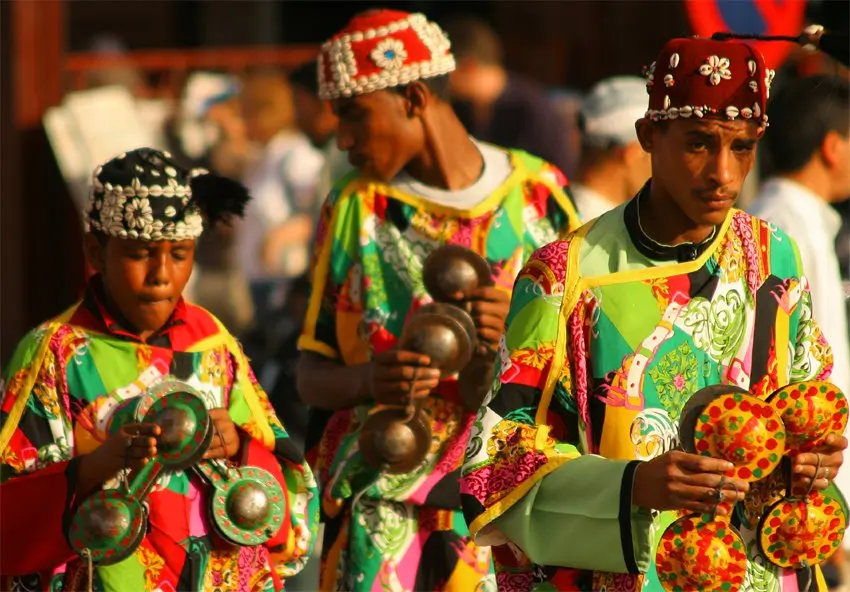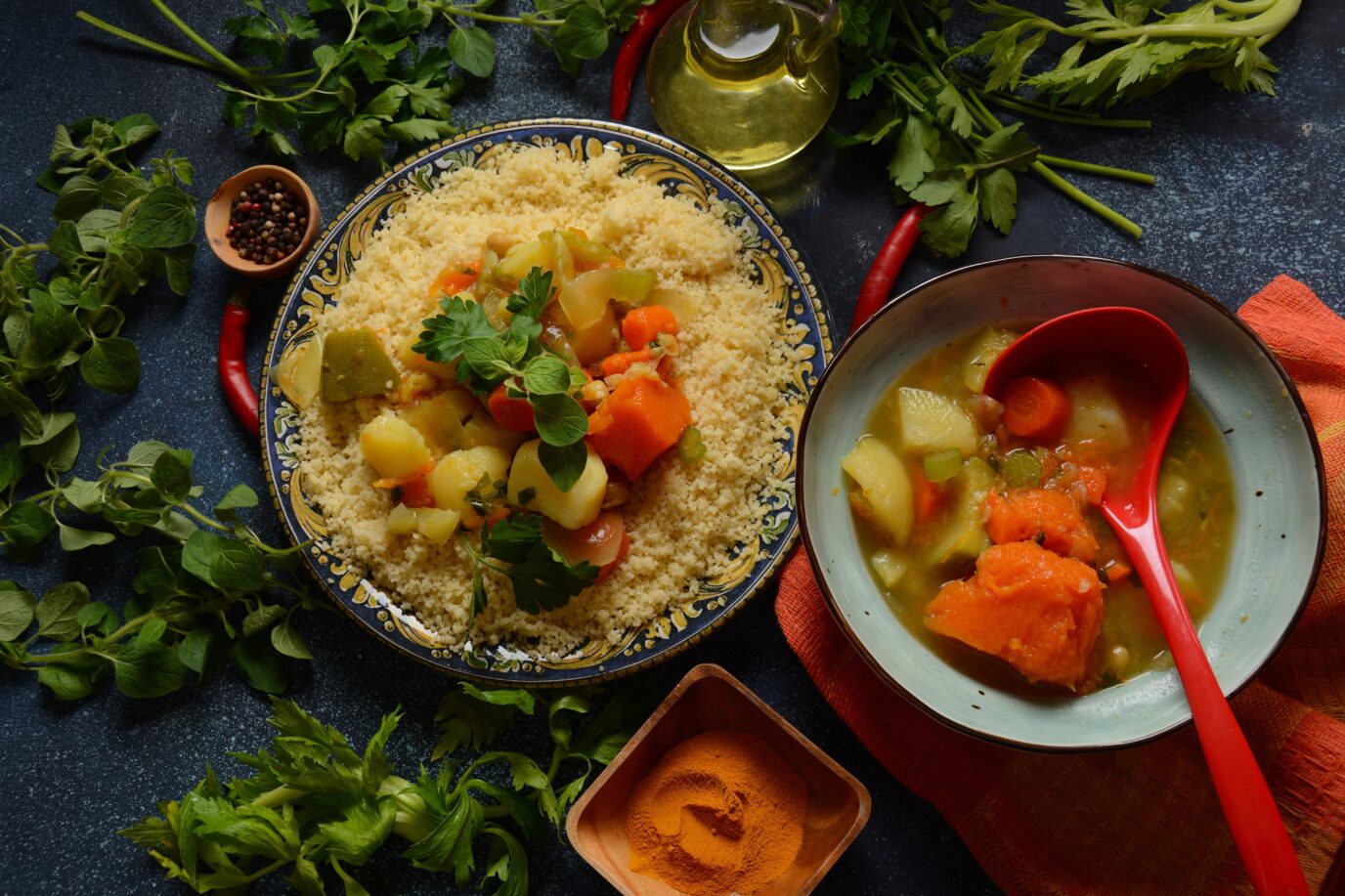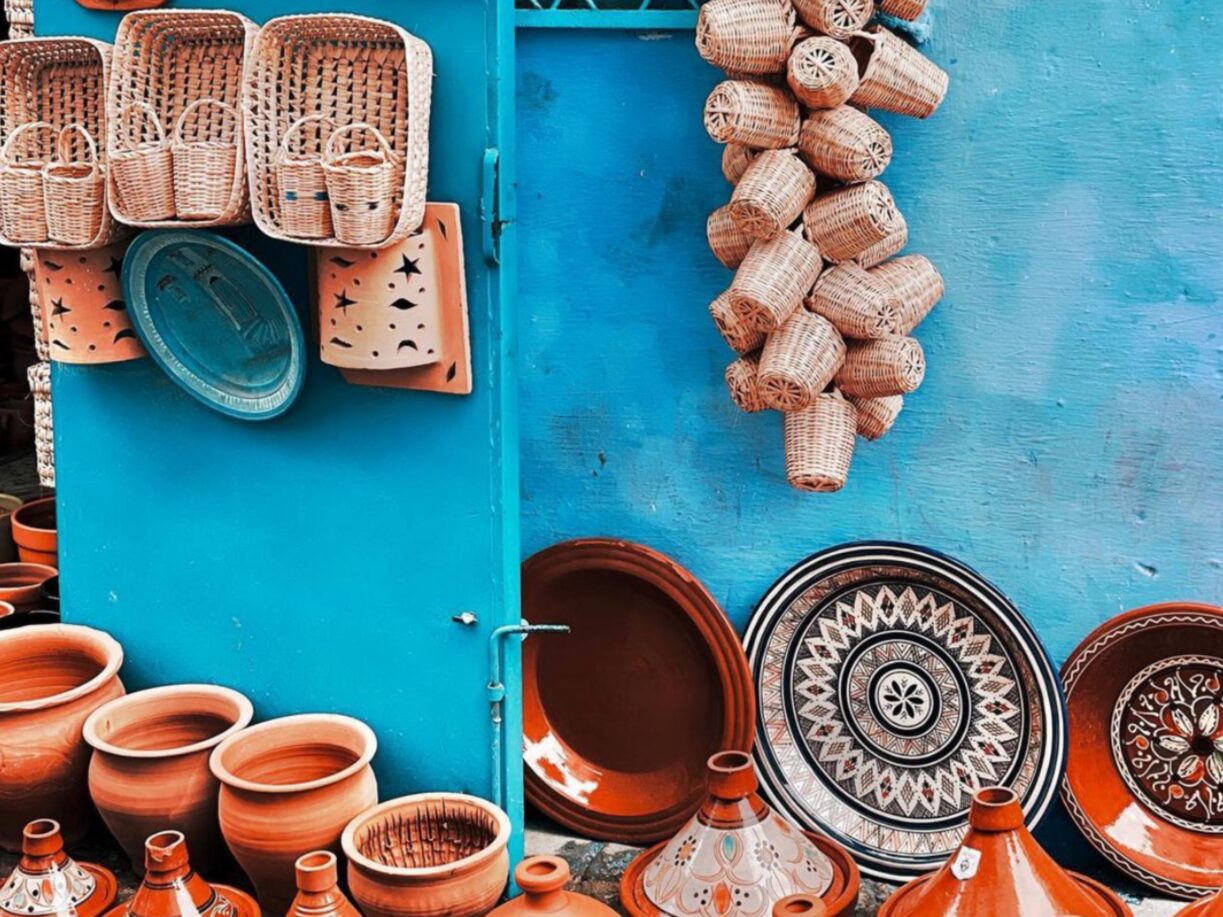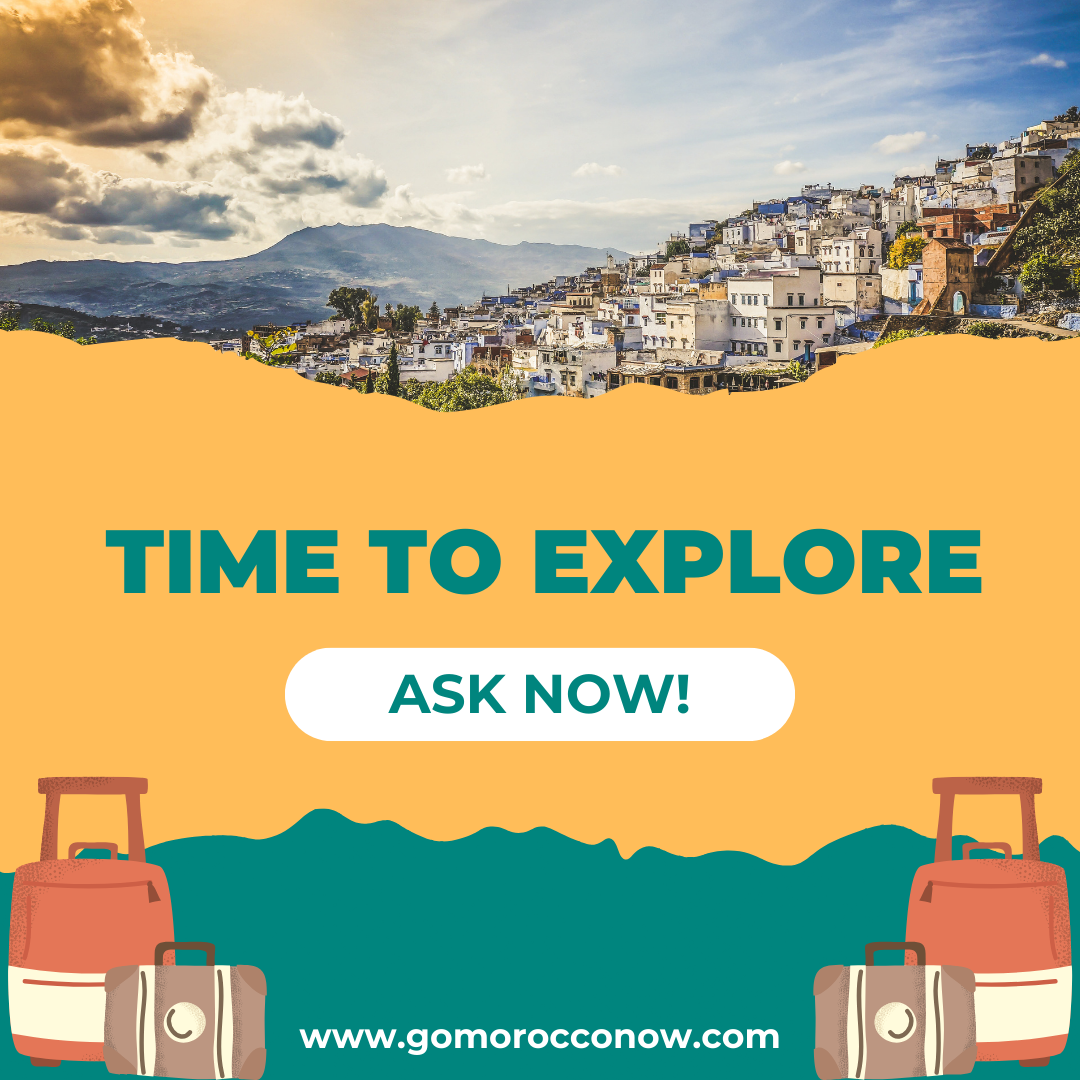What do you know about Moroccan culture? This is the first key to discussing this great country. It is like nature; it has many scenes. Various and diverse country incubators for coexistence. Thus, the culture of Morocco creates harmony between many civilizations that have come together to give us a Morocco worth visiting.
Moroccan culture
In which continent is Morocco located? Morocco is situated on the continent of Africa / North Africa.
What is the capital of Morocco? The capital of Morocco is the city of Rabat.
What is the official currency in Morocco? The official currency in Morocco is the Moroccan dirham.
Who will be the king of Morocco in 2022? The King of Morocco for the year 2022 is Mohammed VI.
What is the system of government in Morocco? The method of government in Morocco is the monarchy.
What is the official language in Morocco? The Arabic language is the official language in the country, and there is also the Amazigh language.
What is the international phone code for Morocco? Morocco’s phone code is +212.
How big is Morocco? The area of Morocco is estimated at 446,300 km².
What are the colors of the flag of Morocco? The Moroccan flag consists of two colors (red and green).
What is the population of Morocco? The estimated population of Morocco for the year 2022 is 37,729,862 people.
People
It is generally believed that Morocco is populated by Arabs and Amazighs. These two groups are indeed dominant, even if they are not alone. Arabs make up about half of the population. Coming from conquering tribes, they are essentially city dwellers. On the other hand, the Amazighs (the first occupants of Morocco, their name comes from the Latin barbarus) form the bulk of the population of the mountains and the desert. There are generally four groups speaking four variants of the Amazighlanguage:
- The Rifains
- The group of the Middle Atlas
- The Amazigh of the High Atlas
- The nomadic groups of the southern provinces (mainly Reguibat)
Although speaking a language close to Tamachek, the Reguibat are different from Tuaregs. For a Westerner, the most visible difference is the saddle; the reguibat saddle is in the shape of a shell, and its ornamentation is soberer. An anecdote about the Amazighs of the High Atlas, who are essentially Chleuhs. Their reputation as invincible warriors is proverbial. Their name became the nickname given to German soldiers during the First World War. The Jewish population is still significant and enjoys a solid economic position. Indeed, Morocco has always been very tolerant towards the Jews, who have never suffered snubs and are perfectly integrated. Finally, two minority populations should be mentioned: Westerners (more than 100,000 people) and, in the south, Haratines, descendants of the populations.
Religion
Morocco practices Sunni Islam, a large majority branch in the Muslim world. The rites belong to the Maliki school, which advocates a somewhat flexible interpretation of the Koran and broad tolerance. However, in certain pilgrimages, we sometimes see it reflected in the ancient beliefs of the Amazighs. The cult of marabouts can be reminiscent of our cult of saints, although Islam condemns it. The marabouts are relatively human personalities used as intercessors to address God.
Holidays in Morocco
National Holidays
National holidays (these public holidays are calculated according to the Gregorian calendar):
– January 1: New Year’s Day.
– January 11: Independence Manifesto.
– May 1: Labor Day.
– July 30: Feast of the Throne. It is the most important civil holiday in Morocco.
– August 14: Allegiance of Wadi Eddahab.
– August 20: anniversary of the revolution, the king, and the people.
– August 21: Youth Day (King’s birthday).
– November 6: anniversary of the Green March.
– November 18: Independence Day.
Religious holidays
Religious festivals (which are not official holidays but often when people don’t work; their dates are based on the lunar calendar and change yearly):
– Ramadan.
– Eid el-Fitr (or Eid el-Seghir) marks the end of Ramadan.
– Eid el-Kebir (or Eid el-Adha) commemorates the sacrifice of Abraham.
– The Achoura commemorates the assassination of Hussein and the dead in general.
– The Mouloud was celebrating the birth of the Prophet.
story of Morocco
Greek and Latin texts historically refer to the inhabitants of present-day Morocco by different names. After the Roman conquest, the term “Barbaros” (and thus Berber) was fixed, reflecting the Latin worldview. Morocco was subjected to Berber invasions, including the Vandal occupation of Tangier, before it was influenced by the Byzantine movement. In 682, Arab influence arrived from Tunisia, leading to Islamization under the Umayyad Caliphate and subsequent unification under Idris I in the 8th century. Then the Almoravids and Almohads rose to power and shaped Moroccan history with their rule.
The Almohads and later the Marinids took control, with the latter losing territory during the Reconquista. The Saadians held sway briefly before the Alawites took control in the 17th century, culminating in the reign of the prominent Moulay Ismail. Modern-day Morocco saw Abdelkader’s support against France in the 19th century, leading to the imposition of unequal treaties and the establishment of a protectorate in 1912. The nationalist movement grew, leading to independence in 1956 under Sultan Muhammad V, who ushered in constitutional reforms. Subsequent rulers, particularly Hassan II and Mohammed VI, continued to navigate Morocco’s political and social landscape, with Mohammed VI’s reign marked by liberalization efforts and engagement in societal issues.
Politics
Morocco is governed by a constitutional, parliamentary, democratic, and social monarchy. Sovereignty belongs to the people, who exercise it directly through referendums and indirectly through constitutional institutions. Morocco is known for its multi-party system, where political parties, trade unions, local communities, and professional chambers help organize and represent citizens. A single-party system is not permitted.
The King is the Commander of the Faithful and the supreme representative of the nation, symbolizing its unity and ensuring the continuity and stability of the state. He safeguards the nation and ensures the respect of the constitution, as well as the rights and freedoms of citizens, groups, and organizations. The King also guarantees the independence of the country and the integrity of its territory.
The Moroccan parliament consists of two chambers: the House of Representatives and the House of Councillors. Members of both houses are elected by the people, and their right to vote is personal and non-transferable.
The government in Morocco consists of the Head of Government and ministers. It is accountable to both the King and the parliament.
Shopping
Morocco boasts a rich array of handicrafts, from carpets to goldsmithing, from leather goods to woodwork. Bargaining is a common practice, especially in Aswa, and woolen carpets are highly prized.
Brass and bronze products, along with silver jewelry, are very popular.
Leather goods, including clothing and bags, are affordable, and the woodwork, which is prominent in Marrakesh and Essaouira, showcases the skill of Moroccan craftsmen.
Fez, Meknes, Safi and Marrakesh are famous for their pottery, while Berber basketry offers a wide range of items.
In addition, Morocco offers medicinal plants, beauty products, perfumes and spices, making it a haven for oriental treasures.
Music
Moroccan culture is only complete with the influence of music. Music in Morocco displays its cultural variety because of its wide range. Andalusian, Moroccan-Jewish music, Al-Shaabi (the famous music notebook), Gnaoua music, Al-Hassania, and other musical styles are included in the Moroccan lyrical. Moroccan music has drawn inspiration from other Arab countries’ modern music (Egypt, Lebanon, Syria, and others) in recent years.
Moroccan Food
The tagine is nothing more than the dish in which the stew that takes its name is cooked. A base of meat (lamb, chicken) and all the vegetables the cook wishes to add, candied lemon with aubergine and almond with prune. Plus spices, skilfully dosed. In fact, a tagine is never the same twice.
Another great classic couscous, which can be eaten salty or sweet and salty. It is good when the semolina is good. Pastillas is a party dish; pastry sheets stuffed with pigeon, chicken, fish, or vermicelli.
Moroccans appreciate harira, chickpea soup, and bissara, broad bean soup. To this base of dried vegetables are added spices, condiments, and meats, which make these complete soups meals.
So many vegetables, so many salads: cucumbers, tomatoes, peppers, carrots, beets, the whole range is involved.
The pastries are almond-based and sweetened with honey for those still a little hungry.
Mint tea, of course. Drank everywhere, constantly offered; it belongs to the Moroccan tradition. If you want to drink a beer, look for a bar: they serve alcoholic drinks, which cafes do not (or some Hotels or pensions…).
Moroccan handicraft
Morocco is one of the countries richest in traditional handicrafts in the Arab world. It contains many cities considered a stronghold for these industries, such as the cities (Sale, Fez, and Marrakesh). People manually manufacture furniture, jewelry, clothing, and home antiques, relying on tools and machines. Traditional.
Forms of traditional industries in Morocco The following are the most prominent forms of conventional sectors in Morocco:
Moroccan carpets
Moroccan carpets are considered one of the best types of carpets globally. They are made in an authentic Moroccan way that indicates the place’s culture in which they are made. The carpets are named after the region in which they were made. It is said about the rugs made in Rabat with the Rabat carpet, the rugs made in Zumour with the Zimuri carpet, etc. After pure cotton or wool, the best kinds come in colors that aren’t dyed.
Moroccan zellige
Fez is the Moroccan capital for manufacturing zellij, a medium-sized piece broken into small pieces. These pieces are attached to cement, and innovative mosaic art is produced.
jewelry industry
The Moroccan city of Marrakesh is characterized by the manufacture of the best types of handmade jewelry of authentic origin, and Marrakech is also full of luxury Amazighjewelry.
Juniper wood industry
The beautiful arar wood makes works of art in Essaouira on the Atlantic Ocean.
Frequently Asked Questions
What is Moroccan culture known for?
The culture of Morocco is full of history, different customs, and lively art. Moroccans treat guests with kindness and respect because hospitality is one of their most important values. Famous foods like tagine and couscous are served with the famous Moroccan mint tea, which goes well with the food. The oud and darbouka are two of the most essential instruments in this music, with Amazigh, Arabic, and African elements. Moroccan ceramics, textiles, and jewelry are known for their intricate geometric designs, bright colors, and high craftsmanship. The Marrakech International Film Festival and the Fes Festival of World Sacred Music are two cultural events showing Morocco’s rich history, which has been shaped by centuries of trade.
What are the values of a Moroccan culture?
Traditional values are essential to Moroccans and shape their daily lives and national identity. Moroccans are known for being very friendly and accepting of guests, no matter what relationship they have with them. Elders should be respected because they are often advised and respected. People show how close they are to each other and their families at religious and cultural events. Giving gifts and sharing, especially at critical times, shows how much generosity is valued. Religion is vital, and many people follow Islamic customs, like going to mosques and fasting during Ramadan. Parents stress how important education is for the next generation, so it is also a concern. These beliefs are still fundamental in Moroccan life.
What are 5 interesting facts about Morocco?
Morocco has a lot of different cultures that come from its past, geography, and traditions. In Fez, Morocco, the University of Karueein was formed in 859 AD and is the world’s oldest university still in use. Also, it sends more phosphates than any other country in the world, which is an essential mineral used in agriculture. Its landscapes include deserts, beautiful beaches, and the Atlas Mountains, making it an excellent place for people who love being outside. Another thing that makes Morocco a star is its use of clean energy. The Noor Ouarzazate solar complex is one of the biggest in the world. A true cultural melting pot, Moroccan society blends Amazigh, Arab, and African traditions with influences from French and Spanish history, making it a fascinating destination for artistic exploration.

